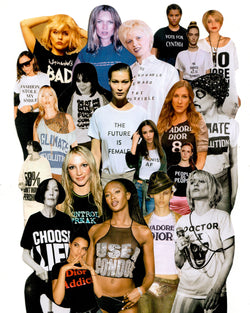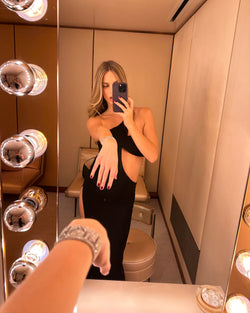In 1957, the photographer Gordon Parks came to Helen Frankenthaler’s studio to photograph her for a feature in Life magazine titled, “Women Artists In Ascendance”. The series of photographs shows a woman politely seated on the ground, twenty-nine-year-old Frankenthaler is completely surrounded by her paintings — the floors and the walls a complete atmosphere of the marks that made her famous. It wouldn’t be until 1970 that the term Color Field painting would be coined, but this photograph is a perfect example of the painters of this movement’s unique contributions to the history of art. Unconcerned with imbuing their paintings with meaning from topics outside the canvas — like politics, or religion — the Color Field painters shared a desire to create swaths of color to immerse oneself within the canvas space.
By the time Frankenthaler was photographed in her studio, she wasn’t even thirty years old, but had already invented the “soak stain” painting technique that was the conceptual core of the Color Field painting movement. Helen was young, eager and well-connected when she visited an exhibition of recent works by Jackson Pollock at Betty Parsons Gallery in New York City. It was then and there that she decided she wanted “to master [his] language”.
Just like Pollock had done before her, she unrolled canvas and laid it down on her studio floor. Unlike Pollock, who opted for thick, industrial, house paint, Helen thinned down her paints with turpentine, allowing her to create vibrant washes of colors that ethereally melded rather than opaquely obscured one another. With this novel technique — paint flushing and fusing directly into the threads — the Color Field, and the Color Field movement, came into being.




























